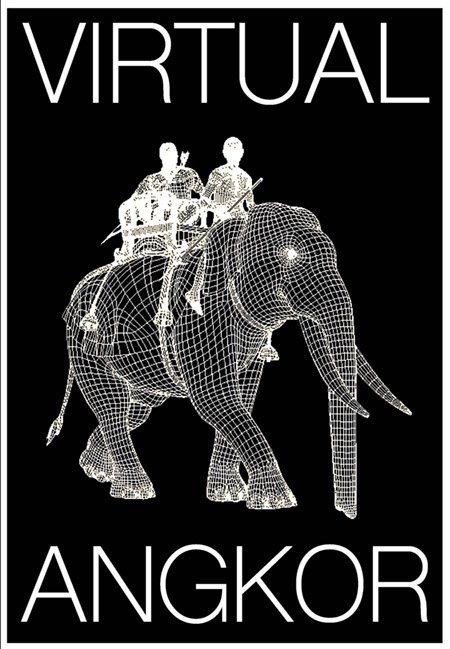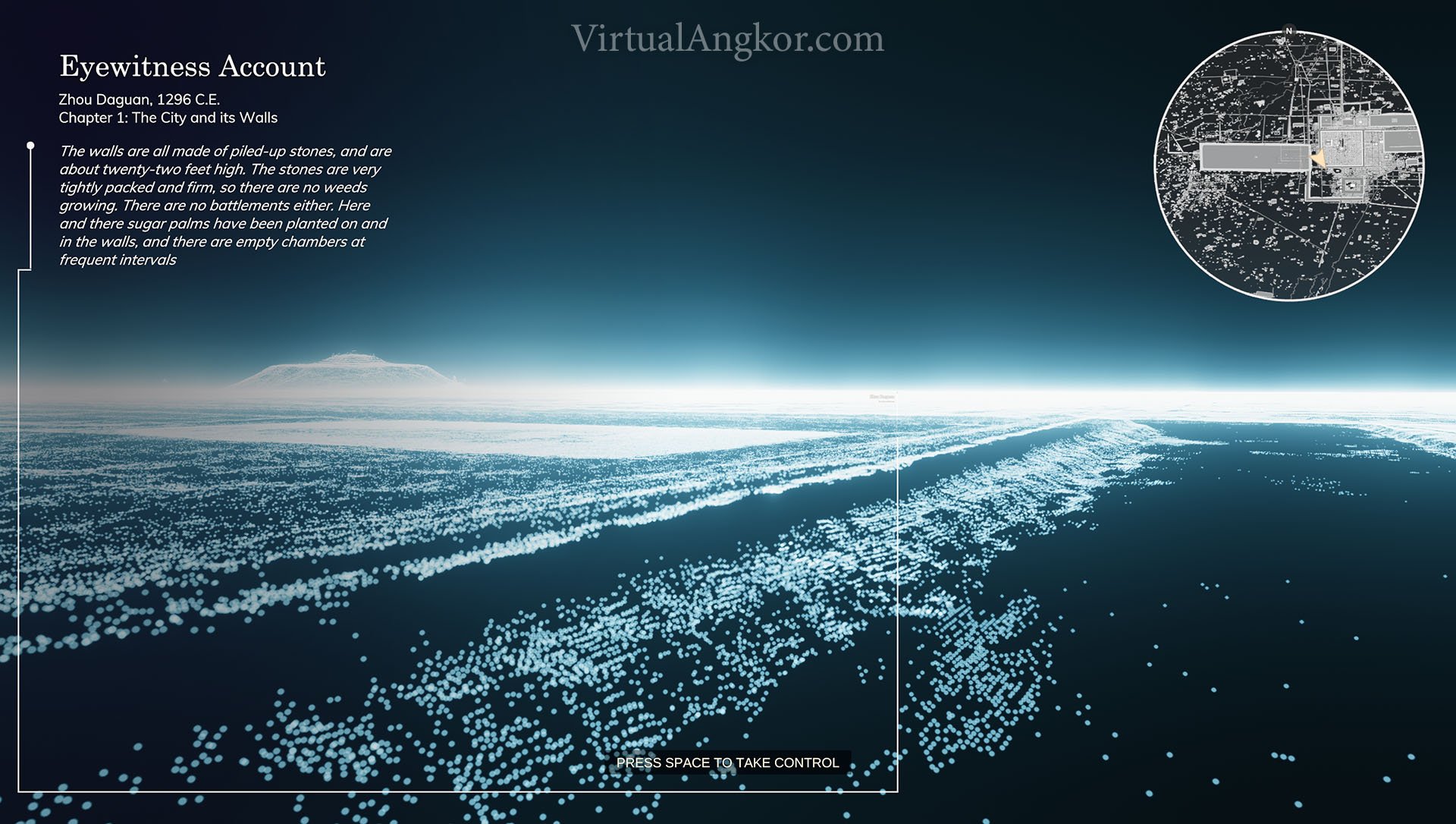The Virtual Angkor project aims to recreate the sprawling Cambodian metropolis of Angkor at the height of the Khmer empire’s power and influence around 1300 C.E. A groundbreaking collaboration between Archaeologists, Historians and Virtual History specialists based in Australia, Cambodia and the United States, the project is designed to bring Angkor to life. Built for the classroom, it has been created to take students into a 3D world, allowing them to view the famous bas-reliefs first hand without leaving their seats, to inspect a marketplace selling goods from across the region and to watch as thousands of animated people and processions circulate around the complex. The reconstructed city enables teachers to draw students into an immersive, historically accurate world and then to use this as a starting point for further investigation.
The project has been awarded the American Historical Association’s Roy Rosenzweig Prize for Innovation in Digital History in 2019, the Digital Humanities and Multimedia Studies Prize from the Medieval Academy of America in 2021 and a Gold Medal from the QS-Wharton Reimagine Education Awards in 2021.
This website includes a series of teaching modules, a detailed examination of the different components of the project, and scenes and views from around Angkor.
Teaching modules
Power & Place
Angkor Wat is a concrete expression of the architecture of power and a striking symbol of the power of architecture. With its massive scale and painstaking detail, the temple was a symbol of Suryavarman II’s absolute rule over his kingdom. This module examines Angkorian kingship with a focus on architecture and design.
Water & Climate
Water was the lifeblood of the Khmer empire but climate variability, particularly a series of long droughts and intense monsoons, strained the massive infrastructure at Angkor and may have contributed to the decline of the city. This module examines the relationship between the Khmers and their environment, focusing primarily on the intricate water management network that made Angkor a so-called ‘hydraulic city’.
Trade & Diplomacy
The site of Angkor may look isolated today but in the heyday of the Khmer Empire, it was an important regional centre for trade and diplomacy. Explore the marketplace with Zhou Daguan and discover the intricate networks of commerce and diplomacy that crisscrossed East and Southeast Asia in the premodern period.
























